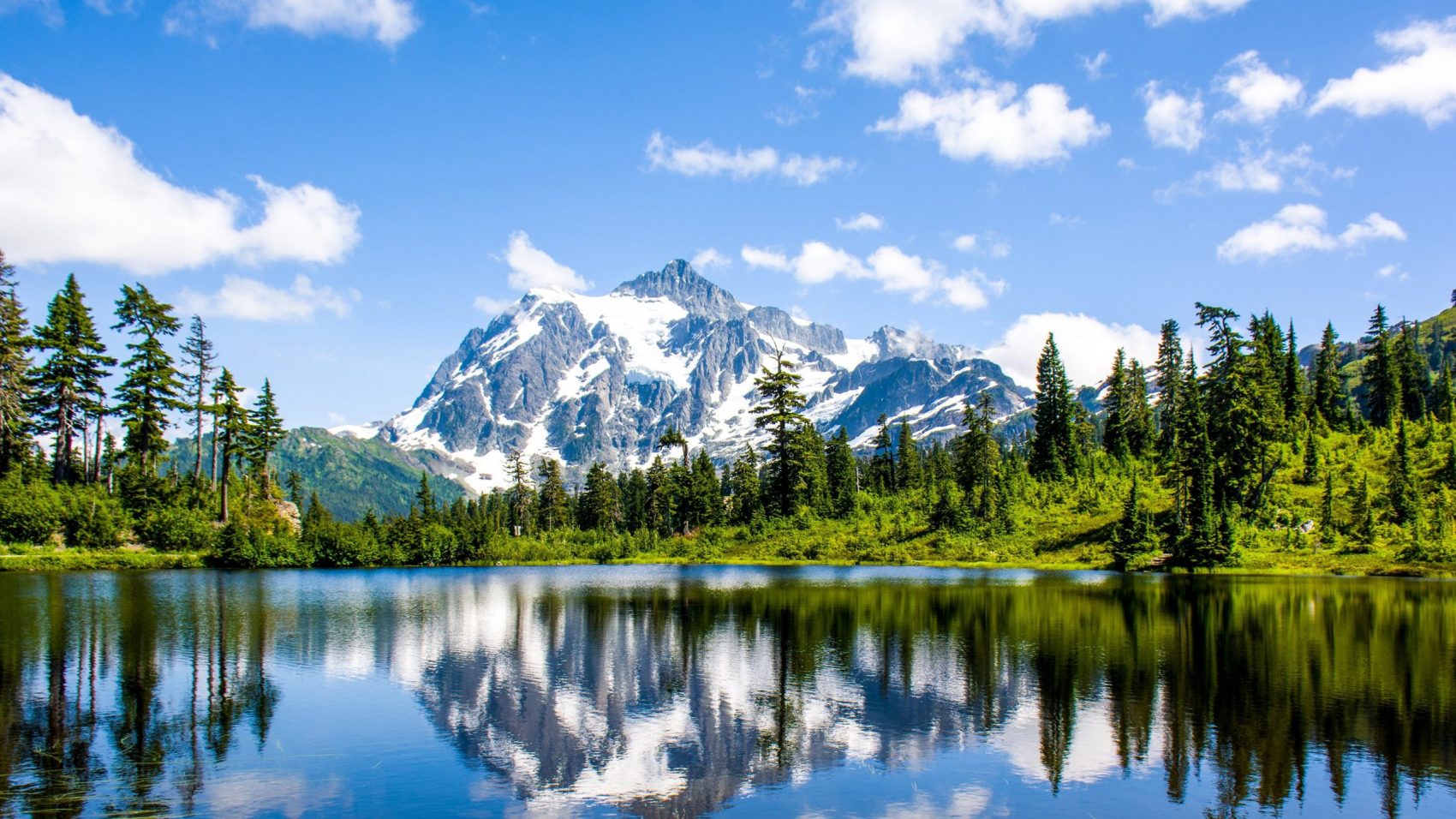
From 2007 – 2018, 2,727 people have died on U.S. National Parks sites across the country. While that number at first may seem high, it is minuscule compared to the 3.5 billion visitors the national parks have received in that same timeframe.
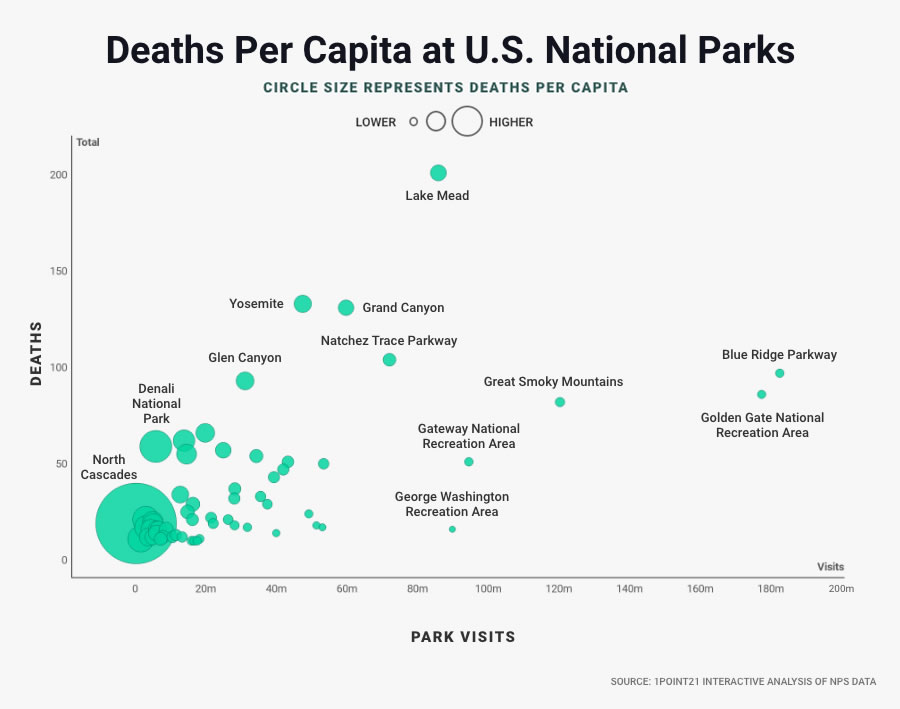
Nonetheless, it is still interesting to see which of those national parks are statistically the deadliest and why they might be that way. Please note that this list consists of the top five National Parks and does not include National Recreation Areas or other nationally recognized lands.
5) Big Bend National Park
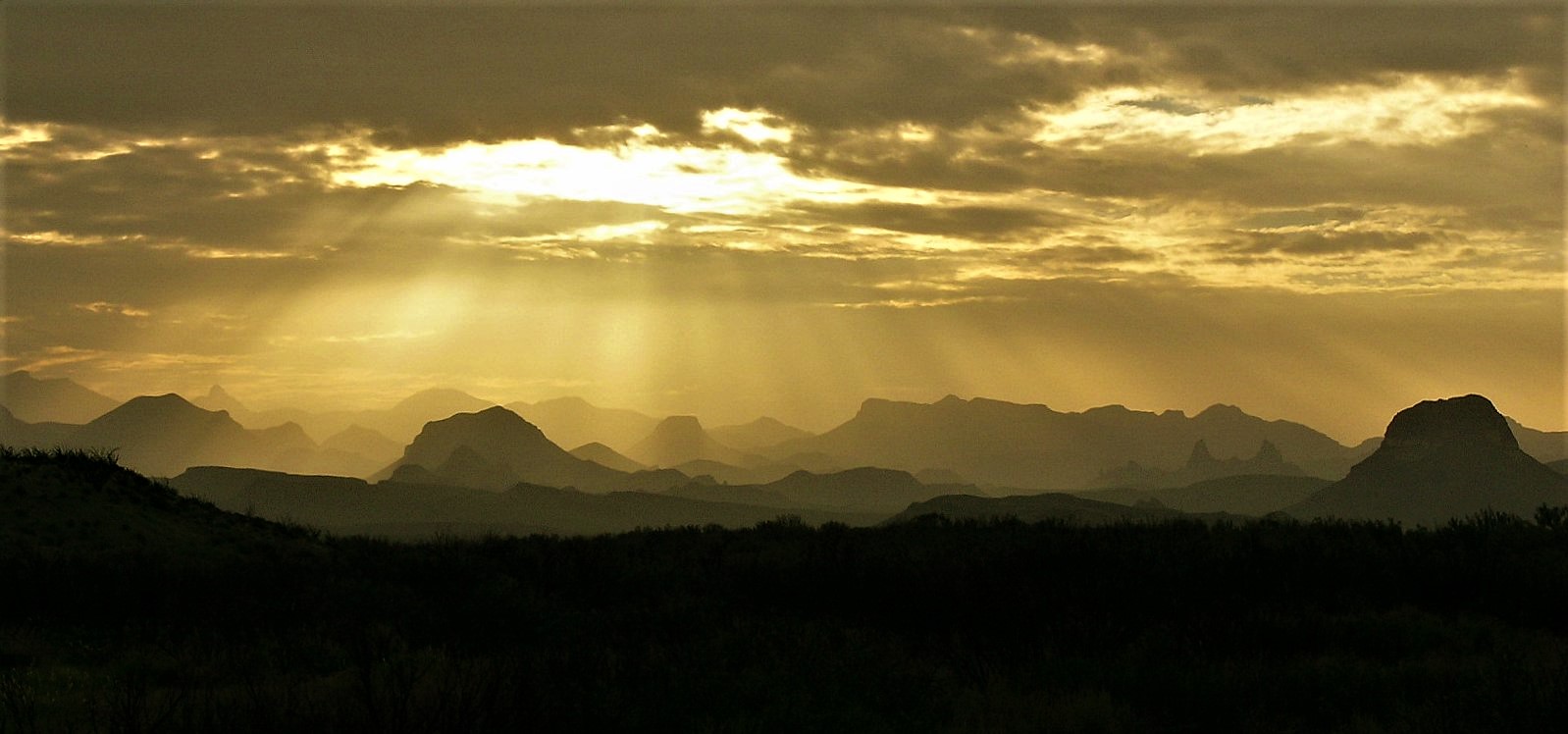
The remote location in southern Texas along the U.S. – Mexico border makes Big Bend a land of its own. The park, which is larger than the state of Rhode Island, consists of a mountain range where temperatures fluctuate from extreme highs of 120ºF in the summer to below freezing levels at the peaks in the winter. If people do not come prepared with ample hydration and proper clothing, there is no cell service in most of this park to call for help.
4) Redwood National Park
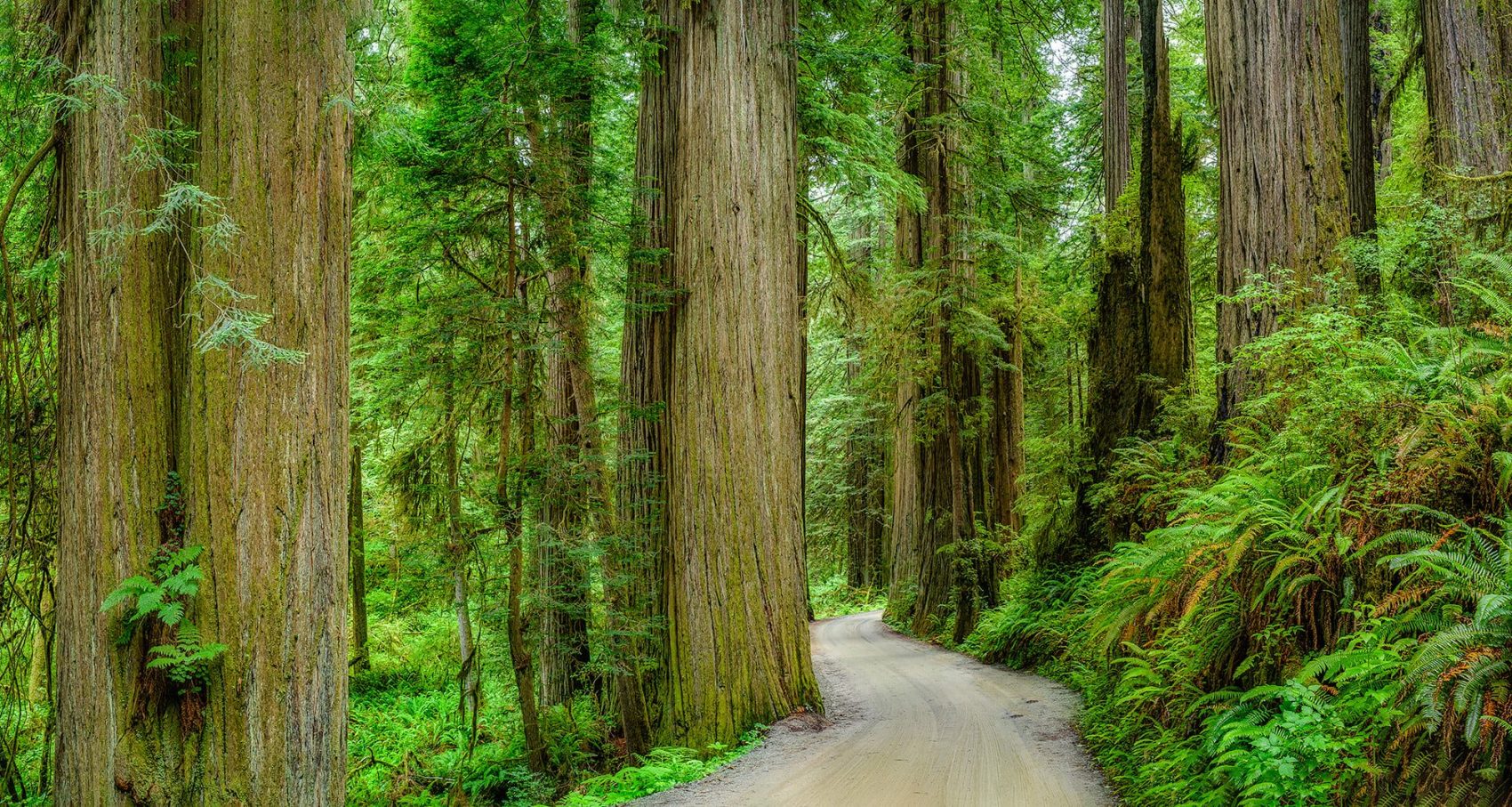
This national park is probably the most unassuming out of the top five, but there are still many factors at play in this park. The one and most overlooked may be the Pacific Coast Highway (101) which runs through the park. Behind drowning, motor vehicle crashes are the second most likely cause of death in a national park, and with a high-speed highway going through the park, many can be distracted by the nature and animals they are surrounded by. In addition, Redwood National Park is situated right along the Pacific Ocean, where sneaker waves and tsunamis can, in rare instances, catch people off guard.
3) Virgin Islands National Park
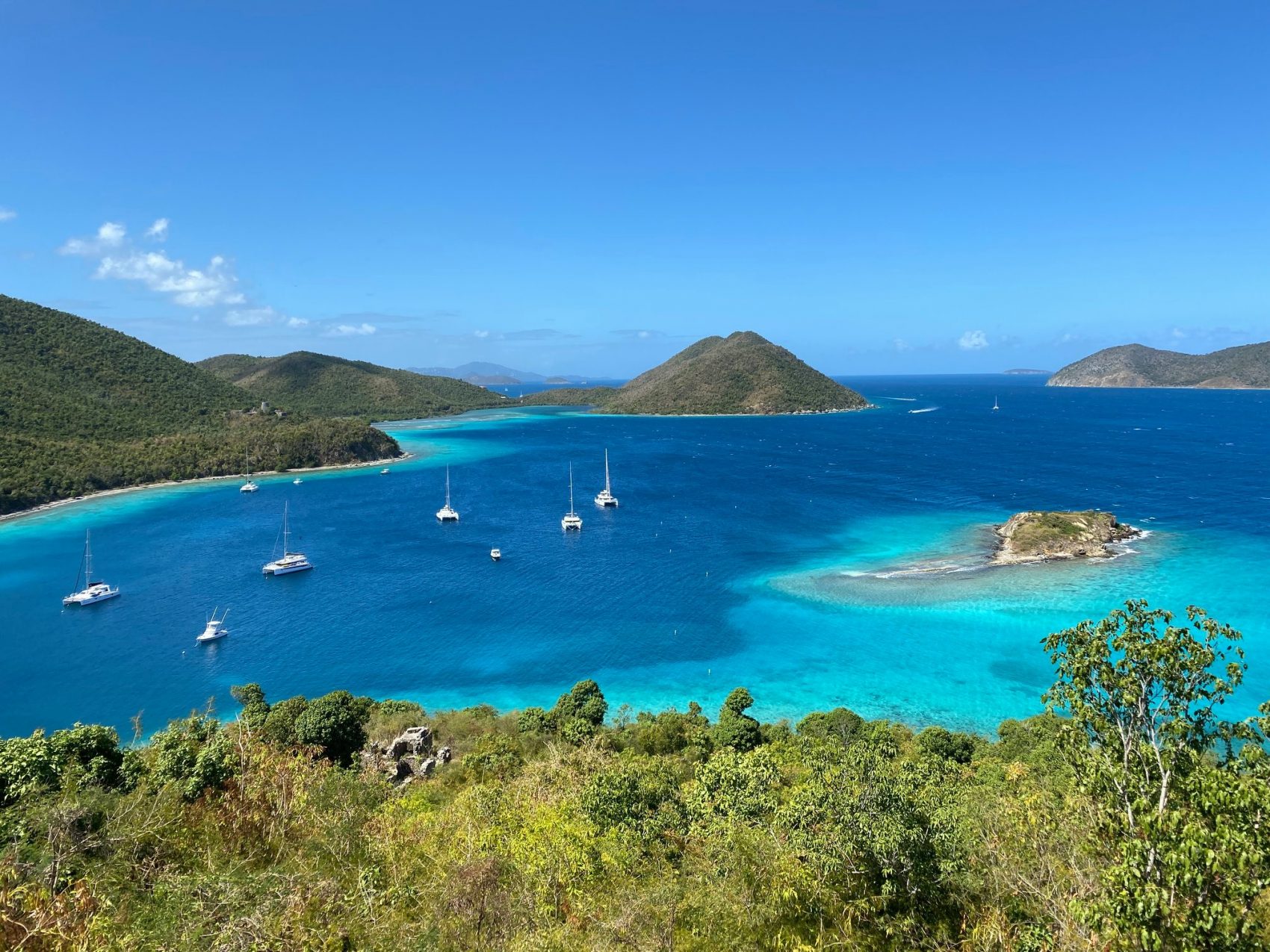
With drowning being the number one cause of death in national parks, it makes sense that Virgin Islands National Park, which is surrounded by the ocean and offers numerous beaches and swimming sites, is high up on this list. Hazardous ocean conditions can cause rip currents and surf conditions, which can be dangerous or even deadly to swim in.
2) Denali National Park & Preserve
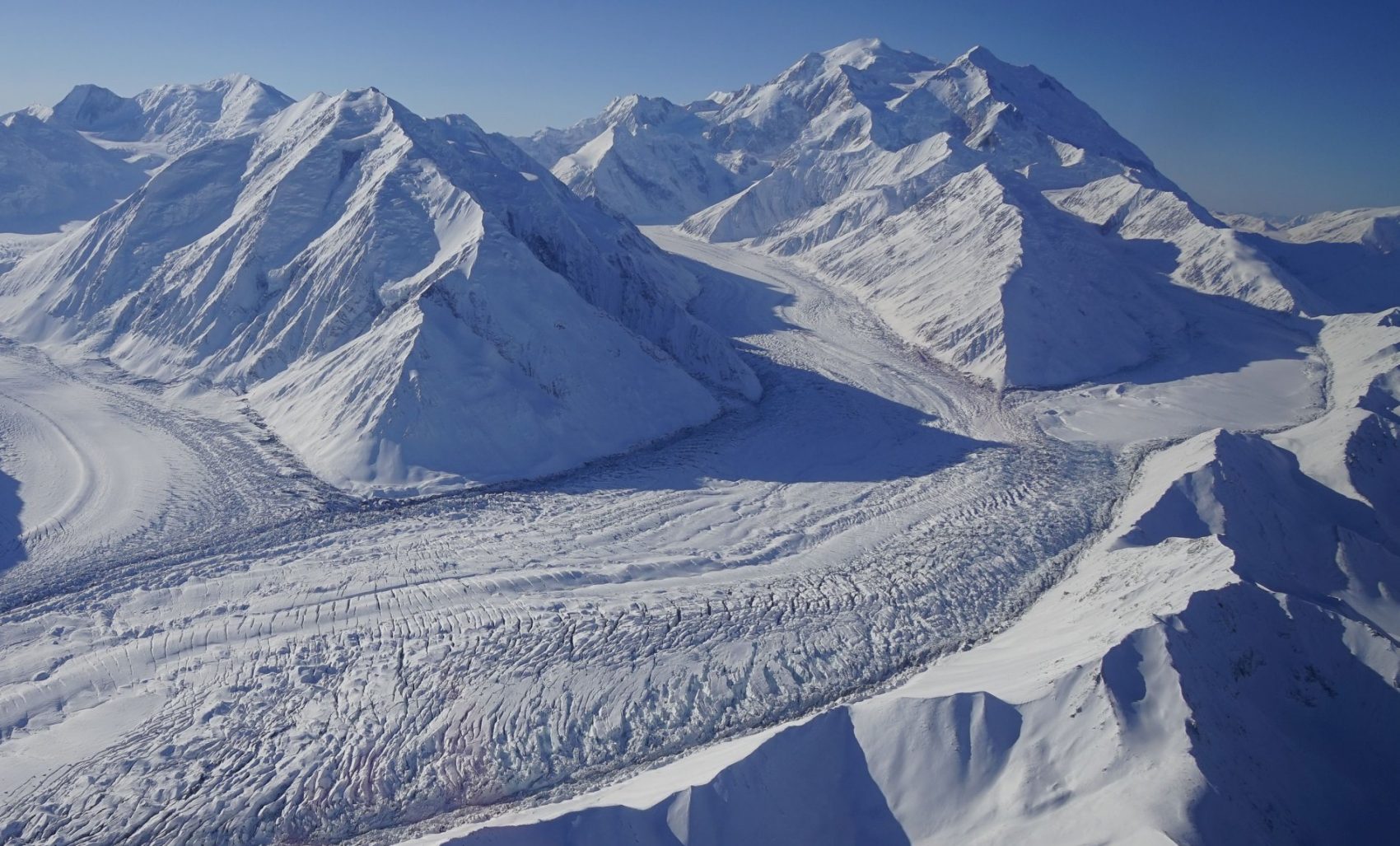
The Alaskan wilderness is an unforgiving place, hence why this national park is number two on the list. Its rugged terrain, blistering cold temperatures, and remote location make Denali National Park a place for only the most experienced to venture out by themselves. But even if you are prepared, many have been caught by the unexpected.
1) North Cascades National Park
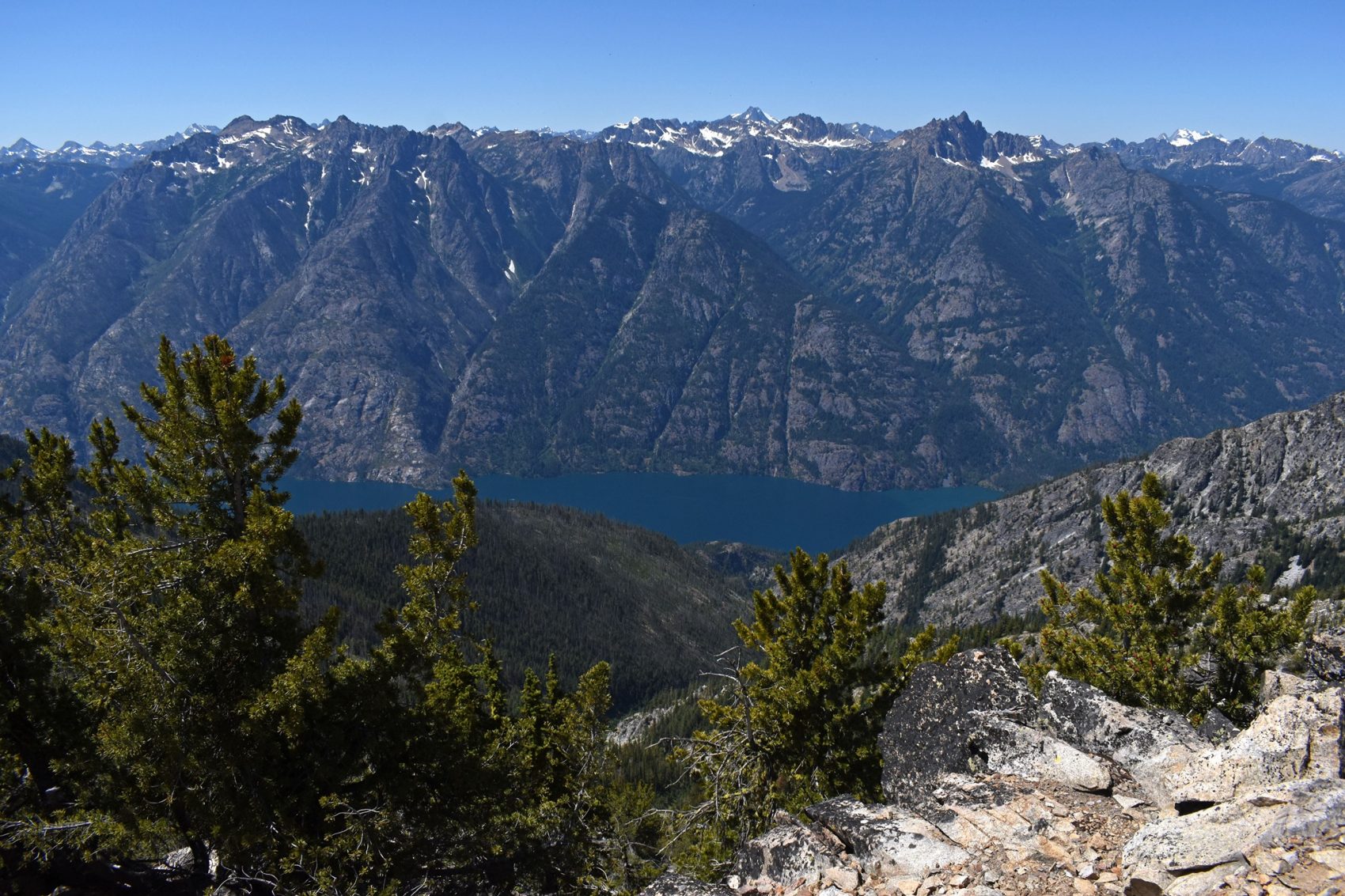
Located in northern Washington, only three hours or so from Seattle, it may confuse many how this national park sees a significantly higher mortality rate than any other national park. Although no one really knows why that number is that high, many factors increase risk while visiting this national park. Being located in the heart of the Cascade mountains, the high peaks allow for rapidly changing conditions and weather that can be deadly if not prepared.
Conclusion:
If after reading this list you are scared at all, don’t be. Remember that less than 3000 people out of 3.5 billion visitors have died in national parks over a decade, but if you want to play it safe, make sure to visit your intended national park’s website and go to the safety tab, which will explain in detail any risks that may be presented.
The best way to prevent a situation you don’t want to be in is to be prepared!
Did the rates increase due to COVID related deaths?
The data is from 2007-2018 so it does not but it would be interesting to see if that had any influence.